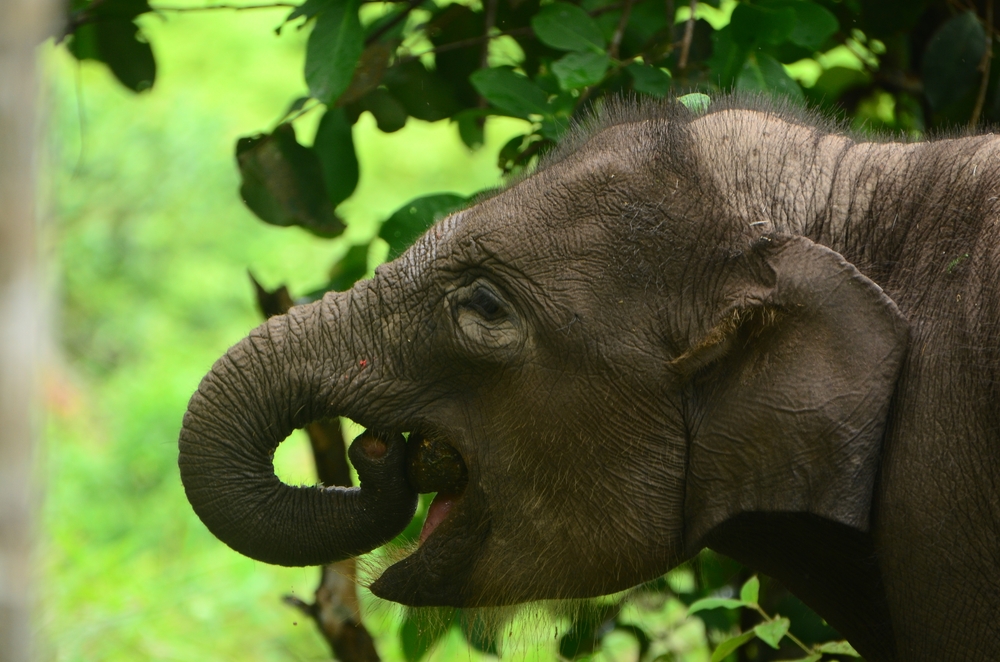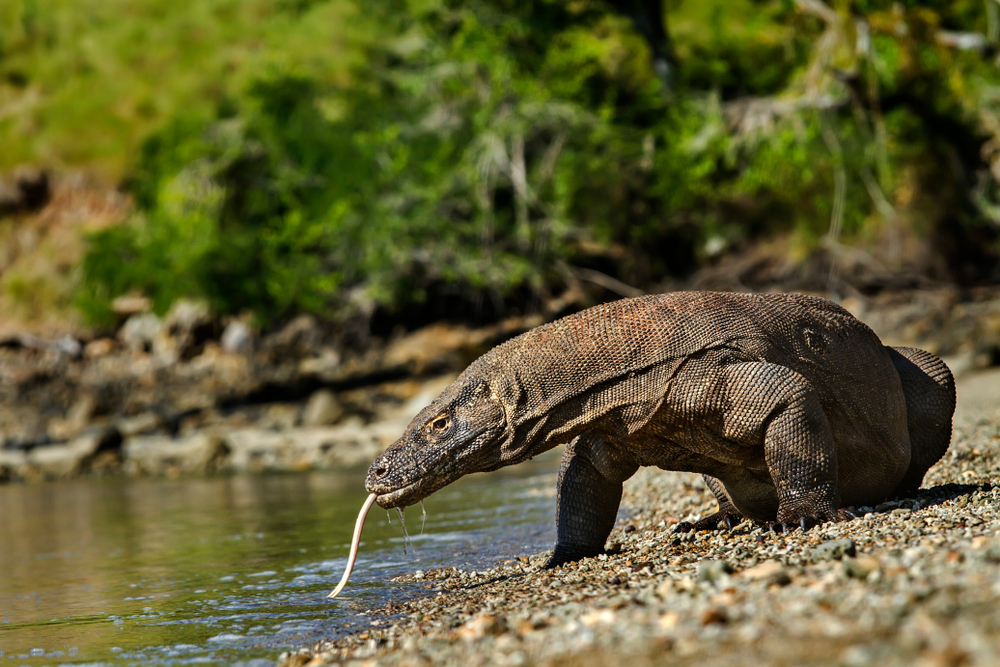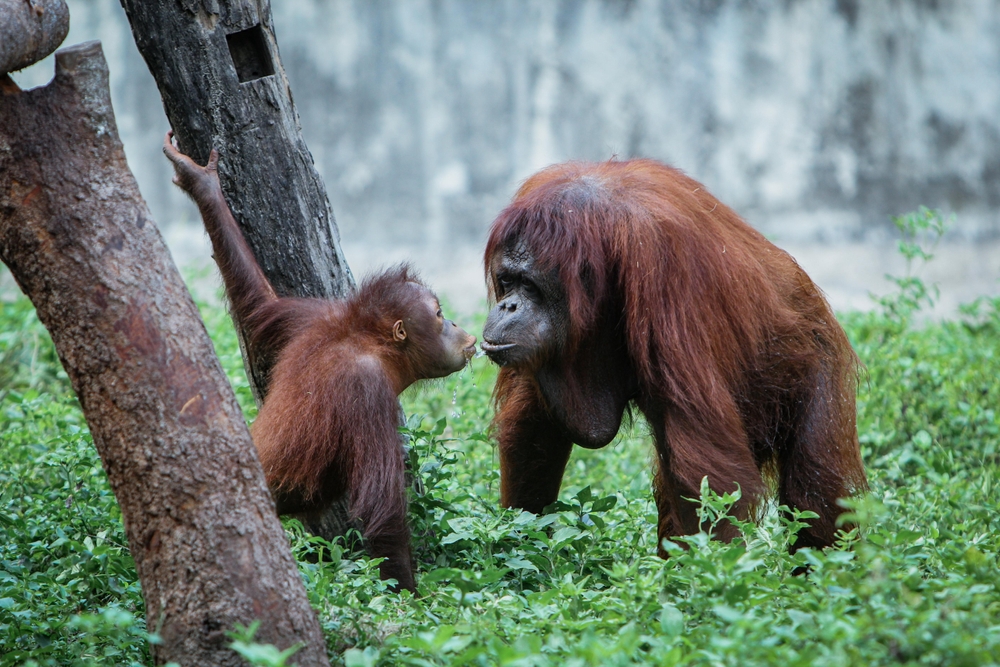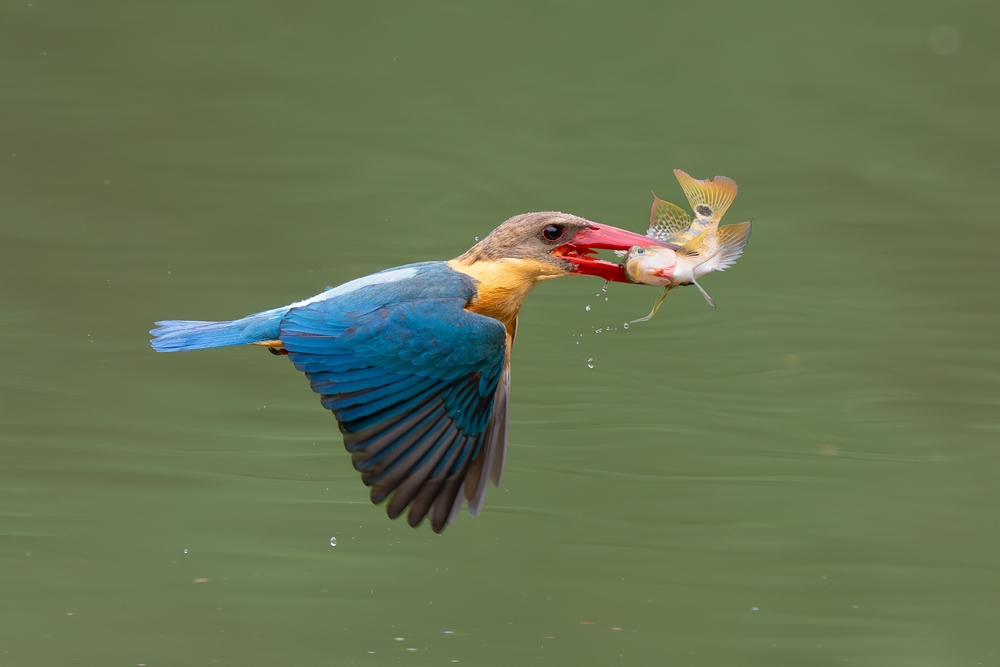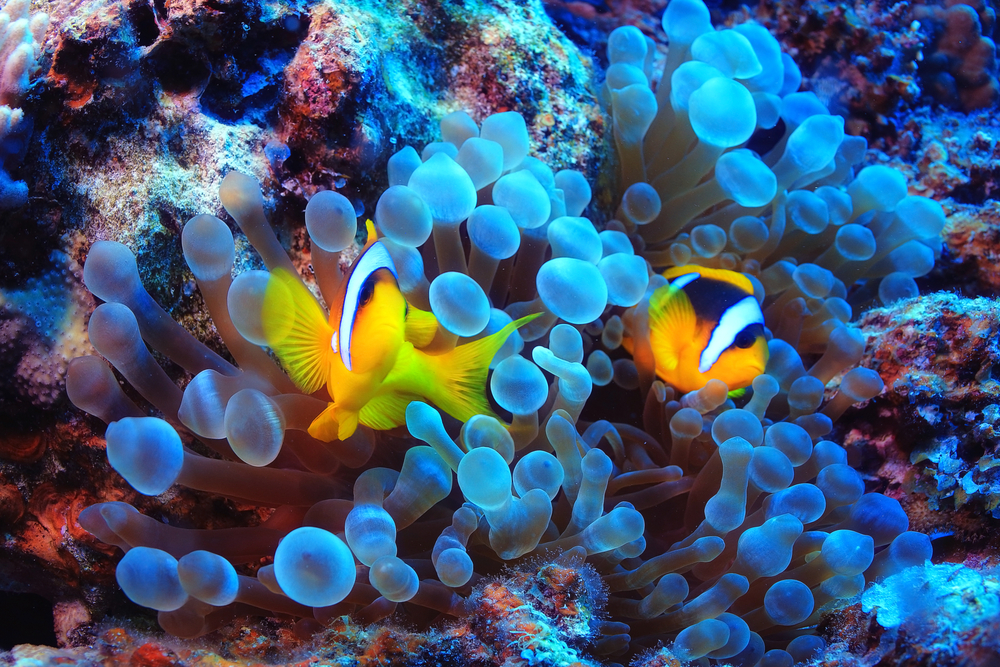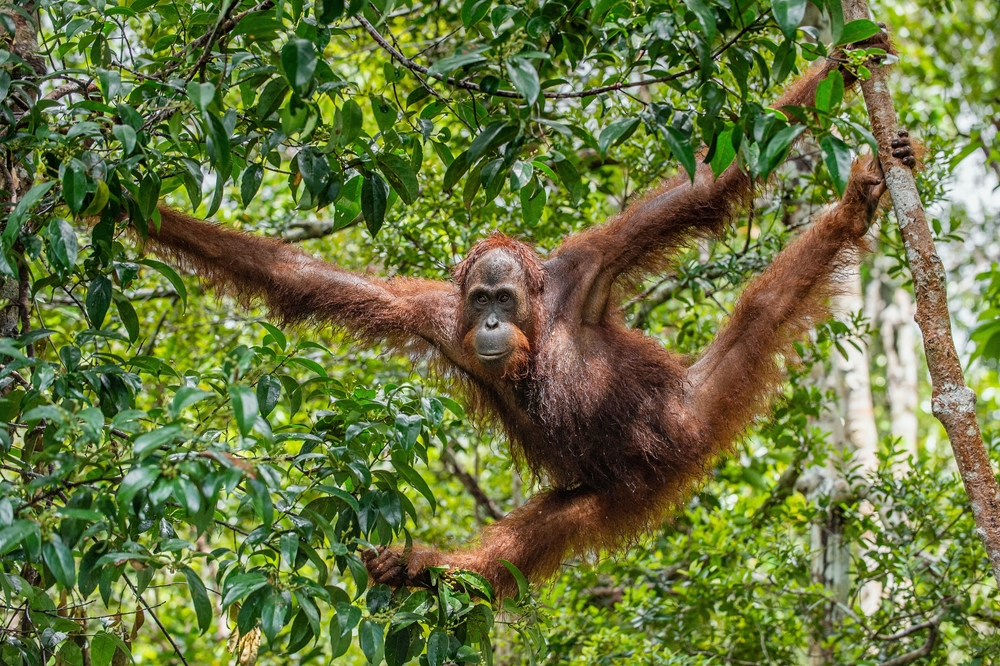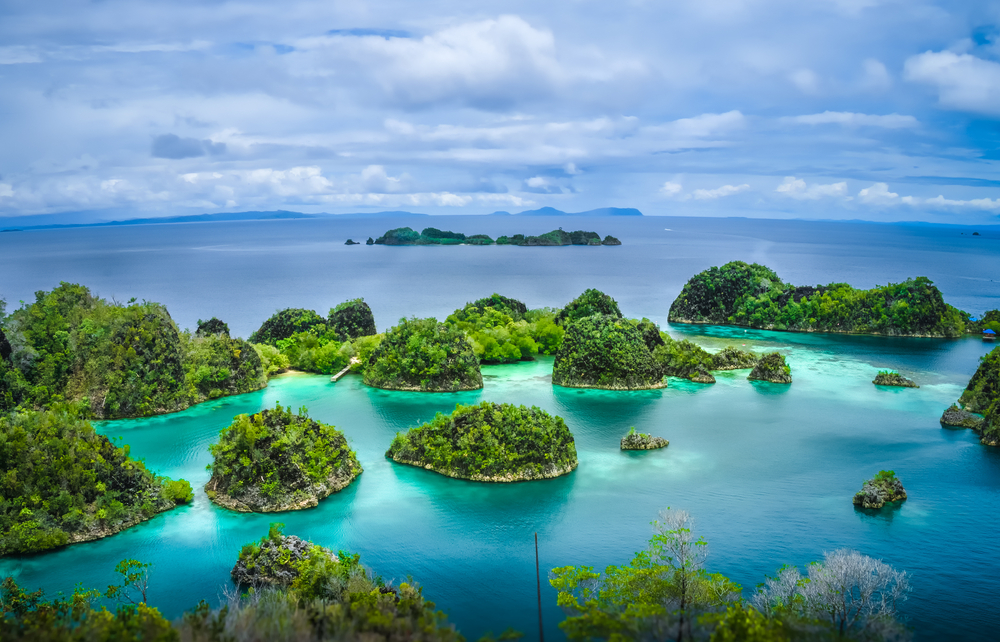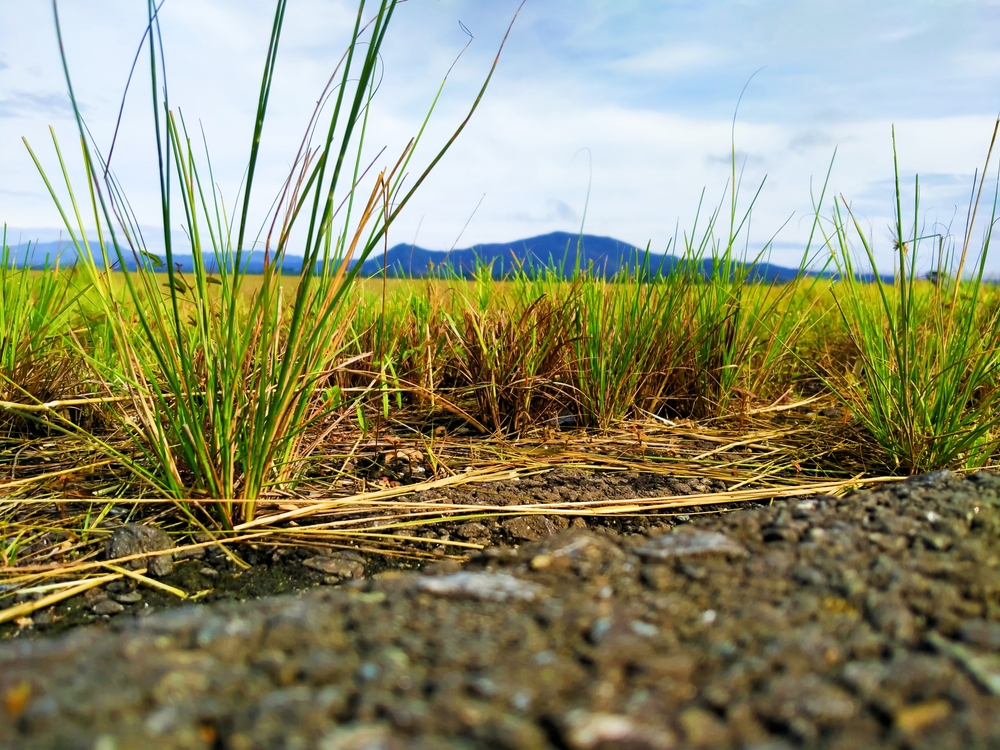Tesso Nilo Overview
Tesso Nilo National Park, known locally as Taman Nasional Tesso Nilo, is a protected area located in the Riau Province on the island of Sumatra, Indonesia. The park spans approximately 153 square miles (400 square kilometers), encompassing a vital region of lowland tropical rainforest that serves as a biodiversity hotspot and an essential refuge for endangered species.
Nestled in the heart of Sumatra, the park is accessible from the towns of Pekanbaru and Pangkalan Kerinci, making it a critical conservation area in a landscape threatened by deforestation and agricultural encroachment.
The terrain of Tesso Nilo National Park is characterized by dense, humid rainforest interspersed with swampy lowlands, rolling hills, and meandering rivers. This diverse landscape includes towering dipterocarp trees, thick undergrowth, and rare plant species such as Rafflesia arnoldii, the world’s largest flower.
The park’s rivers and streams carve through the forest, creating natural corridors for wildlife and providing scenic vistas for visitors. Despite its stunning natural beauty, much of the park has been impacted by human activity, with efforts ongoing to restore degraded areas and ensure the survival of its unique ecosystems.
Tesso Nilo is one of the most important refuges for the critically endangered Sumatran elephant, which is a symbol of the park’s conservation mission. Visitors may encounter these majestic creatures in their natural habitat, along with the elusive Sumatran tiger, clouded leopard, sun bear, and various primates such as the agile gibbon and long-tailed macaque.
The park is also a haven for birdwatchers, hosting over 300 bird species, including the rhinoceros hornbill, crested serpent eagle, and blue-crowned hanging parrot. The incredible diversity of wildlife in Tesso Nilo underscores its ecological significance and the need for ongoing conservation efforts.
Visitors to Tesso Nilo National Park can engage with its natural beauty through guided jungle treks, wildlife safaris, and birdwatching tours. These activities offer a chance to immerse in the rainforest and witness its unique flora and fauna firsthand.
Community-based tourism initiatives also allow visitors to interact with local indigenous groups, learning about their traditional ways of life and their efforts to protect the forest. Additionally, the park’s rivers and streams are ideal for canoeing and exploration, providing a serene perspective of this lush landscape.
Despite its immense ecological value, Tesso Nilo National Park faces significant conservation challenges. Illegal logging, agricultural expansion, and human-wildlife conflict, particularly with elephants, threaten the park’s biodiversity.
However, ongoing collaboration between the Indonesian government, non-governmental organizations, and local communities has yielded some conservation successes, such as reforestation projects and improved patrolling to curb illegal activities. These efforts aim to balance the needs of the environment with those of the surrounding communities, ensuring a sustainable future for the park and its wildlife.








































































